Learn about the latest tips, tutorials, upcoming events and certifications

Finding a pattern like a phone number or national ID number embedded in text can be difficult and time consuming.
Learn about the latest tips, tutorials, upcoming events and certifications

Finding a pattern like a phone number or national ID number embedded in text can be difficult and time consuming.

In my previous post, I described a new options to control the widths of the caps for Whiskers, Error and Limit bars. This topic could have been titled "Little things go a long way", as such details really make for a good graph. In a similar manner, another detail issue

During my 35 years of using SAS® software, I have found the CNTLIN and CNTLOUT options in the FORMAT procedure to be among the most useful features that I routinely suggest to other SAS users. The CNTLIN option enables you to create user-defined formats from a SAS data set (input

SAS Viya is an exciting addition to the SAS Platform, allowing you to conduct analysis faster than ever before and providing you the flexibility to utilize open source technologies and generate insights from data in any computing environment. The blog post “Top 12 Advantages of SAS Viya” does a great
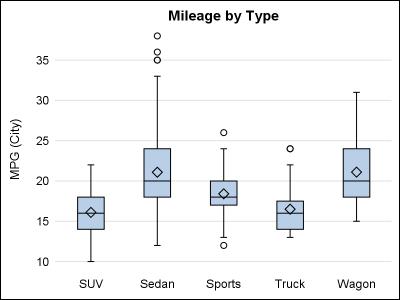
The SG procedures and GTL statements do a lot of work for us to display the data using the specified statements. This includes setting many details such as arrow heads, line patterns etc, including caps. Often, such details have a fixed design according to what seems reasonable for most use

이 기사는 SAS Korea가 번역 및 편집했으며 원래 Rick Wicklin이 썼습니다. 원문이 여기에 있습니다. 이번 블로그를 통해 ODS 템플릿을 효율적으로 수정할 수 있는 SAS 프로그래밍 기법, 일명 ‘커펠드 템플릿 수정 기법(Kuhfeld’s Template Modification Technique; TMT)’을 소개하고자 합니다. 다섯 단계만 거치면 20줄 미만의 SAS 코드만으로 이 기법을 구현할 수 있는데요. 방법은 간단하지만

노벨상의 유래 매년 10월 초, 전 세계의 이목이 스웨덴과 노르웨이로 쏠립니다. 바로 세계에서 가장 권위 있는 시상식 '노벨상(The Nobel Prize)'이 열리기 때문인데요. 노벨상은 다이너마이트를 발명해 거대 재벌이 된 스웨덴 화학자 알프레드 노벨(Alfred Nobel)의 유언에 따라 그가 남긴 재산으로 노벨 재단을 설립하며 시작됐습니다. 최초의 노벨상은 1901년 물리학, 화학, 생리학 및 의학, 세계

Did you know that a SAS/IML function can recover from a run-time error? You can specify how to handle run-time errors by using a programming technique that is similar to the modern "try-catch" technique, although the SAS/IML technique is an older implementation. Preventing errors versus handling errors In general, SAS/IML
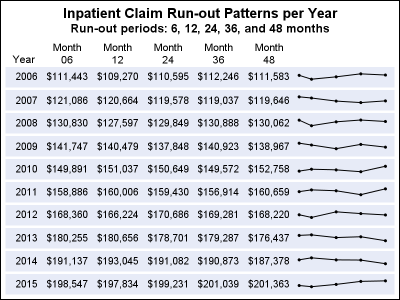
In the previous post, I discussed creating a 2D grid of spark lines by Year and Claim Type. This graph was presented in the SESUG conference held last week on SAS campus in the paper ""Methods for creating Sparklines using SAS" by Rick Andrews. This grid of sparklines was actually the
Here's a Proc Print trick for grouped data. Suppose your data is divided into groups, such as males and females. You could sort by the grouping variable before printing, like this: Suppose you want to better emphasize the groups. You could add a BY statement, like this: OK, but, personally,

The 25th annual SESUG conference was held at in the SAS campus this week. I had the opportunity to meet and chat with many users and attend many excellent presentations. I will write about those that stood out (graphically) in my view. One excellent presentation was on "Methods for creating

The South East SAS Users Group meeting wound up yesterday. The 25th anniversary conference was held on SAS Campus and it provided a great opportunity to meet with many enthusiastic SAS users and attend many informative presentations. More on this in a follow-up article. During one of these presentations, Mary

A SAS programmer wanted to display a table in which the rows have different formats. An example is shown below. The programmer wanted columns that represent statistics and rows that represent variables. She wanted to display formats (such as DOLLAR) for some variables—but only for certain statistics. For example, the

There is certainly no shortage of terrific tips and tricks in various SAS blogs from some of our most distinguished SAS in-house experts. But, there's another group of equally qualified experts who don't often get to share their expertise on this channel: our customers. So, I went on a quest to get
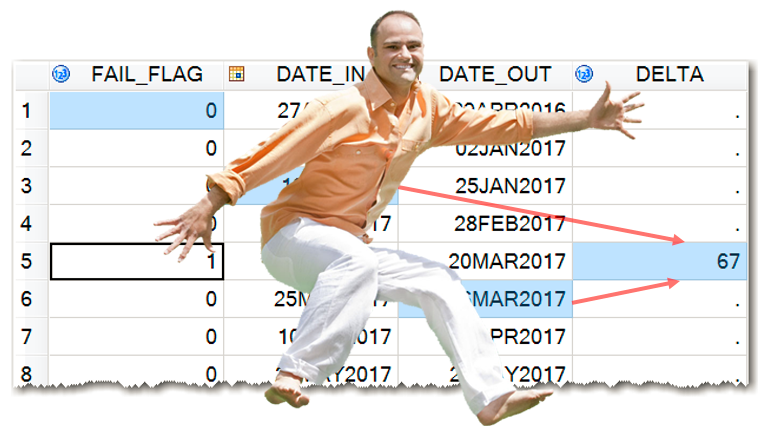
The purpose of this blog post is to demonstrate a SAS coding technique that allows for calculations with multiple variables and multiple observations across a SAS dataset. This technique can be useful for working with time series, clinical trials, - in any data step calculations involving values from different observations.
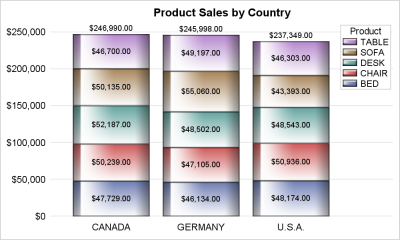
Once in a while you run into a pesky situation that is hard to overcome without resorting to major surgery. Such a situation occurs when you have a stacked bar chart with a discrete legend positioned vertically on the side of the graph. A simple example is shown below. title

A ghoulish Halloween Boo to all my readers! Hope my costume freaks you out, but even if it doesn't, I’m positive PROC FREQ will in a few amazing ways! Today’s Programming 2: Data Manipulation Techniques class asked about the power of PROC FREQ. Since I stopped to explain some of it's benefits to

I often create temporary ODS output files - and getting rid of those files after I'm done is an extra chore I don't relish. For example, if I want to generate a PDF-only report and email it from SAS (see "Jedi SAS Tricks: Email from the Front – Part 2")

When a plot is classified by one or more variables, the different classes values are displayed in the graph either by position or by using different plot attributes such as color, marker shape or line pattern. For plots that display the visual by a filled area (bar, bin, band, bubble,

Plot statements included in the graph definition can contribute to the legend(s). This can happen automatically, or can be customized using the KEYLEGEND statement. For plot statements that are classified by a group variable, all of the unique group values are displayed in the legend, along with their graphical representation

To improve is to change; to be perfect is to change often.-Winston Churchill If you've visited SAS documentation (also known as the "SAS Help Center") lately, you may have noticed that we've made some fairly significant changes in the documentation for SAS products and solutions. The new site is organized in a new way, search

Suppose you want a list of car manufacturers from the CARS dataset. Easy! Call the %CHARLIST macro from a %PUT statement, like this: The CHARLIST macro generates a list of unique values of a selected variable from a selected dataset. So does PROC FREQ. But, if you don't need statistics, the CHARLIST
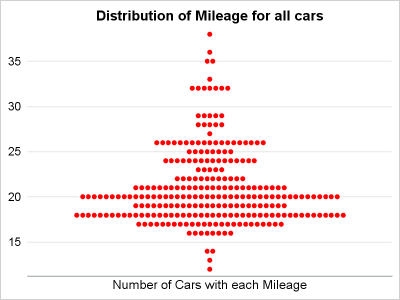
Last year, a user asked about creating a "Turnip Plot" as used in this study of Caesarian Section Rates. Primarily, this is similar to a histogram on the y-axis for each unique value on the y-axis. A marker is drawn for each occurrence, starting from the center. Back then, I
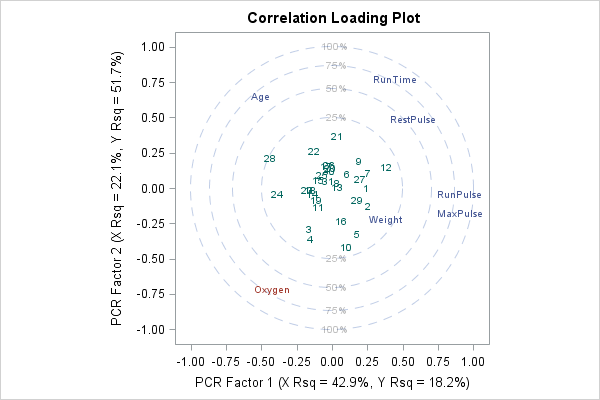
A common question on discussion forums is how to compute a principal component regression in SAS. One reason people give for wanting to run a principal component regression is that the explanatory variables in the model are highly correlated which each other, a condition known as multicollinearity. Although principal component
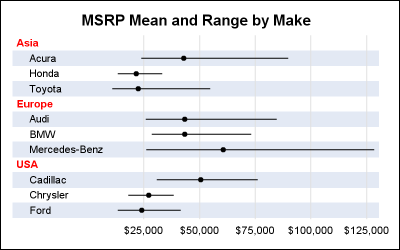
The previous post on Multiple Blank Categories showed how to include multiple blank categories on the axis. But, given the purpose for this was to separate different segments in the data, I also included ideas on how to segmented a discrete axis using reference lines or Block Plot. A similar idea

“The difference between style and fashion is quality.” -Giorgio Armani With an out-of-the-box SAS Enterprise Guide (EG) installation, when you build a report in SAS EG it is displayed in a nice-looking default style. If you like it, you can keep it, and continue reading. If you don’t quite
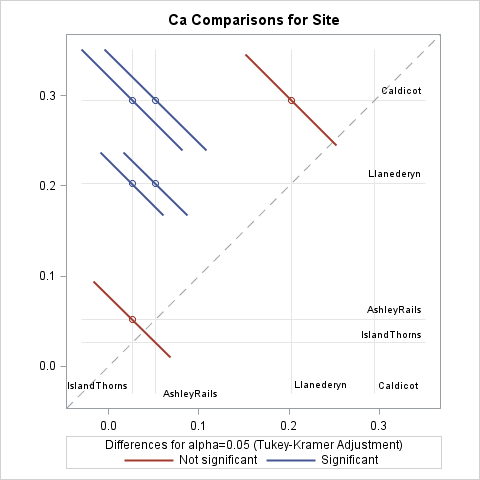
In a previous article, I discussed the lines plot for multiple comparisons of means. Another graph that is frequently used for multiple comparisons is the diffogram, which indicates whether the pairwise differences between means of groups are statistically significant. This article discusses how to interpret a diffogram. Two related plots

In a previous article, I discussed the lines plot for multiple comparisons of means. Another graph that is frequently used for multiple comparisons is the diffogram, which indicates whether the pairwise differences between means of groups are statistically significant. This article discusses how to interpret a diffogram. Two related plots

You know the value of your SAS Certification; does the rest of the world? A recent MONEY and Payscale.com study named SAS Analytics skills as the most valuable skills to have in today’s job market and certification is the best way to demonstrate those skills. Recognition like this helps solidify

Off and on, users have expressed the need to include multiple blank categories on a discrete axis. Often, this is desirable to separate groups of bars (or categories) in a graph due to some difference their definition. Such a case was discussed in this blog article on using non breaking